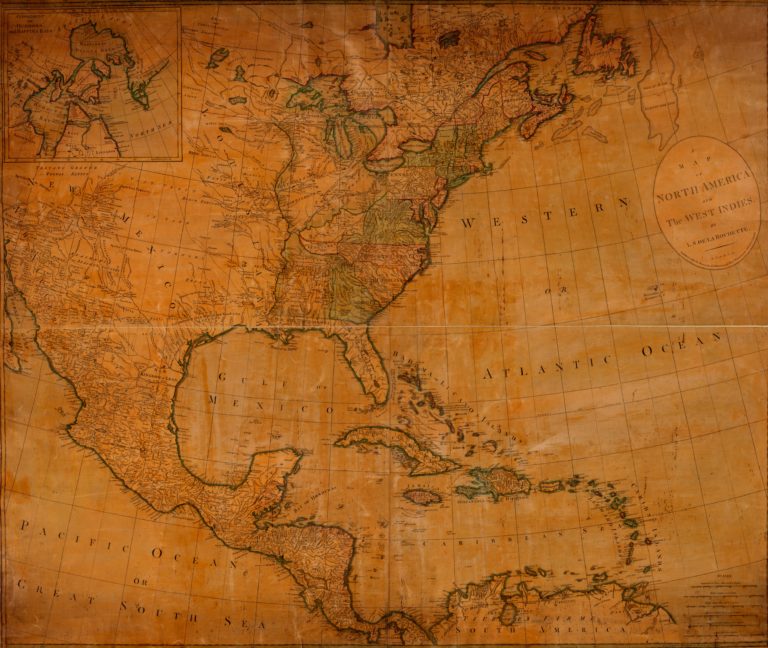The Huntington Library’s “Early California Population Project”

http://www.huntington.org/Information/ECPPabout.htm
 Scholars of Spanish and Mexican California’s mission history have long grappled with the frustrations of interpreting mission records. Not only does Alta California mission research require a rudimentary knowledge of Spanish, but it also demands an understanding of Spanish paleography and missionary idiosyncrasies in record-keeping. Although most late eighteenth- and nineteenth-century mission records followed a basic formula, some of the Fathers of St. Francis were more conscientious than others about the details they offered. Several missionaries abbreviated information to such a degree as to render it indecipherable upon first (or second) glance by researchers. Such variability in California mission registers requires a great deal of patience and time to navigate through them on reels of film or photocopies of books. Thankfully, the hours spent scrolling away in the dark can now find better use among scholars by first familiarizing themselves with the Early California Population Project, or ECPP.
Scholars of Spanish and Mexican California’s mission history have long grappled with the frustrations of interpreting mission records. Not only does Alta California mission research require a rudimentary knowledge of Spanish, but it also demands an understanding of Spanish paleography and missionary idiosyncrasies in record-keeping. Although most late eighteenth- and nineteenth-century mission records followed a basic formula, some of the Fathers of St. Francis were more conscientious than others about the details they offered. Several missionaries abbreviated information to such a degree as to render it indecipherable upon first (or second) glance by researchers. Such variability in California mission registers requires a great deal of patience and time to navigate through them on reels of film or photocopies of books. Thankfully, the hours spent scrolling away in the dark can now find better use among scholars by first familiarizing themselves with the Early California Population Project, or ECPP.
The ECPP, a database sponsored by the Huntington Library, with funding from the National Endowment for the Humanities, the California State Library, and other organizations, consists of baptism, death, and marriage records from the twenty-one mission stations in Alta California, Santa Barbara Presidio, and Los Angeles Plaza Church. Covering the period from 1769 through the 1850s, the records are searchable across an immense array of variables. Scholars can choose to conduct searches according to sacrament, by godparent, relative, or witness. However, not every sacramental record is included; for example, confirmations are not among those entered in the ECPP. The transcribed text is predominantly in Spanish, although there are some notations in English, but even those not fluent in Spanish will find tackling ECPP records a good initiation to the originals.
Although Internet access to this database makes it inherently useful to researchers and the general public (login requires only an e-mail address and a name), scholars may encounter some initial frustrations adapting to the database’s quirks. For example, locating specific baptisms by number and by mission requires first entering search terms in a particular sequence. Using the mission abbreviation in the first search field under the baptisms database, and then adding Boolean operators to connect to specific baptismal records in subsequent search fields, generated extraneous information from other missions. Entering the numbered records first and the abbreviated mission code last provided a narrower search.
Scholars using this tool may also find that advanced searches, including those linking multiple databases, are tricky and require a little practice. Scholars in need of complex search capabilities would benefit from first studying the user guide accessible through the main website and perhaps contacting ECPP administrators for additional help; a query generated a prompt and helpful response.
One especially useful feature was the ECPP’s truncation/wildcard symbol for broader search capabilities. For example, a search for individuals from Baja California using “Ba%a California” covered the interchangeable use of “Baxa” or “Baja” by missionaries. Also, ECPP creators have thoughtfully provided an overview of the various mission registers and pointed out the existing gaps in the original records. The creators also provide researchers with background information on search categories, such as birth legitimacy designations or ethnic identifications.
Significantly, the ECPP creators advise researchers to supplement their database use with the original records rather than rely on it as error-proof. Although the site appears error-free, the qualification is an important one to bear in mind. Scholars would do well to review the ECPP materials online before approaching their first microfilm reel, as the site offers invaluable insights on missionary approaches in record maintenance and will aid genealogists reconstructing family histories. For the descendants of California’s early mission Indians, this database provides information not only on their family members but the larger movements of native villages that entered missions over time. ECPP records will also aid scholars in identifying native peoples who entered missions as family or kin units, demonstrating a fierce determination to face uncertainties together and contributing a human dimension to mission history. Researchers of early California women will also appreciate the ability to track down ordinary women through their contributions as godmothers and matriarchs and their influence on new communities. By helping scholars compile new statistical evidence and trace families across time, the ECPP will offer insights into early California history for years to come.